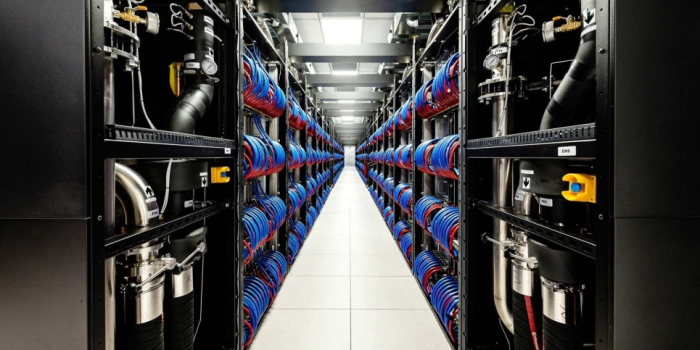With the US Department of Energy’s (DOE) Aurora system surpassing the exascale threshold, the DOE has achieved a major supercomputing milestone. As declared during the 2024 ISC High-Performance conference, this accomplishment confirms the US’s leadership in the world of supercomputing.
Geraldine Richmond, the DOE’s Under Secretary for Science and Innovation, praised Aurora’s achievement and emphasized how it advances the field of scientific computing.
Complex tasks like modelling, simulation, artificial intelligence (AI), and analytics are made easier by exascale computing, which is defined as achieving a minimum of one exaflop of computations per second. With a performance milestone of 1.012 exaflops, the Aurora supercomputer is one of only two officially recognized exascale systems in the world. Together with Intel, HPE, and the DOE, Aurora was able to achieve this remarkable feat. Its 10,624 processing nodes, each with 63,744 Intel GPUs coupled by HPE’s Slingshot connection, were housed in this massive facility.

Even though Aurora has only used 87% of its potential, it has already demonstrated amazing skills, and once it approaches its maximum potential, further ground-breaking scientific findings are expected. Since making its debut in 2022, Frontier, another highly efficient supercomputer, has been praised for its contributions to cloud modelling and material discoveries. These supercomputing achievements highlight the significant influence of cutting-edge computing technologies on research and innovation.
Parallel to this, changes have been seen in the world supercomputing rankings, with Europe outperforming Asia in terms of representation. The launch of the Alps system by the Swiss National Supercomputing Centre is a sign of Europe’s ongoing infrastructure investment in supercomputing. Sustainability is also important in supercomputing endeavours, as demonstrated by Germany’s JEDI system and Frontier’s prominent ranking on the GREEN500 list, two examples of energy efficiency developments.

The culmination of Aurora and Frontier serves as the foundation for the DOE’s FASST (Frontiers in Artificial Intelligence for Science, Security and Technology) initiative. FASST aims to leverage the vast scientific data resources within the DOE to propel AI development, foster next-generation AI platforms, and address critical challenges in science, energy, and national security. This initiative represents a concerted effort to harness AI’s transformative potential in driving scientific and technological progress.
The DOE is ready to break new ground in scientific innovation and discovery with continued collaboration and programs like FASST, enabled by the unmatched power of supercomputing technology.


